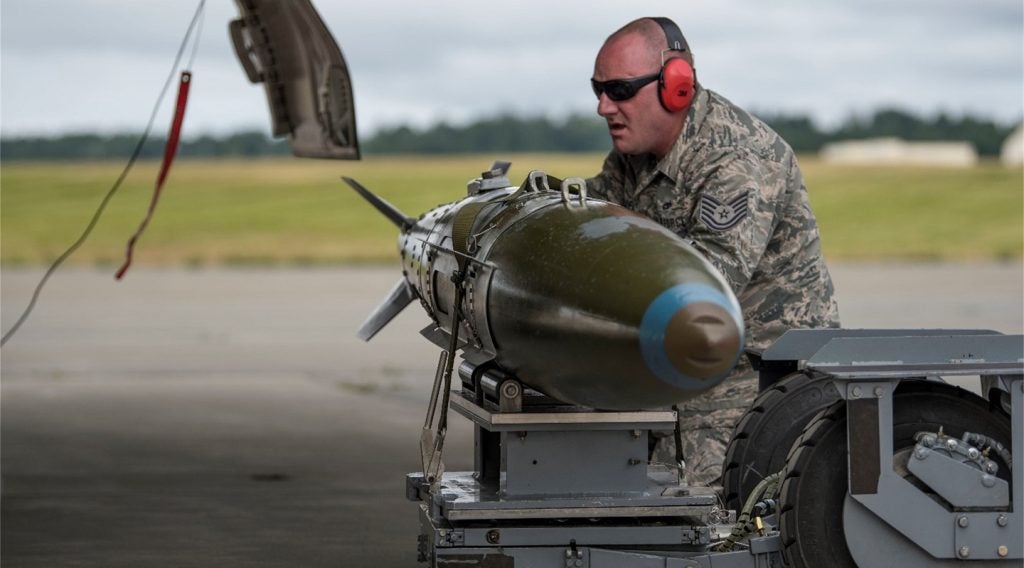
The defence ministers of Lithuania, Latvia and Estonia have signed an agreement in Brussels to enhance joint airspace surveillance.
The agreement relates to the new configuration of the Baltic Air Surveillance Network and Control System (BALTNET).
Under the agreement, three control and reporting centres will secure the Baltic airspace from next year.
BALTNET is responsible for the security of the Lithuanian, Latvian and Estonian airspace. It is fully integrated into the Nato Integrated Air and Missile Defence System (NATINAMDS) and is required to meet the needs of the Nato Baltic air Policing Mission.
The existing system consists of a combined control and reporting centre, located in Karmėlava, and national airspace control and reporting posts. In addition, it includes radar posts in the three Baltic states.
The new agreement calls for three separate control and reporting centres in each of the three states.
How well do you really know your competitors?
Access the most comprehensive Company Profiles on the market, powered by GlobalData. Save hours of research. Gain competitive edge.

Thank you!
Your download email will arrive shortly
Not ready to buy yet? Download a free sample
We are confident about the unique quality of our Company Profiles. However, we want you to make the most beneficial decision for your business, so we offer a free sample that you can download by submitting the below form
By GlobalDataBALTNET will also feature radiolocation posts, radars, communication lines and radio equipment.
The control and reporting centres will be tasked with conducting air surveillance in their respective territories and exchanging data.
They will also control the aircraft deployed on the Nato Air Policing Mission.
Lithuania National Defence Minister Raimundas Karoblis said: “BALTNET is ensuring sovereignty of the national airspace of Lithuania, Latvia and Estonia and is that way contributing to the preservation of integrity of Nato airspace.
“The agreement on the future configuration of the Baltic Air Surveillance Network and Control System will strengthen successful Nato’s ability to ensure air surveillance and control in peace time or crisis.”
The system is intended to control all air operations in the Baltic airspace.
The Karmėlava centre jointly provides control of the air policing mission fighter aircraft in the Baltic States to enable the scrambling of Nato aircraft in the event of any airspace violation.







